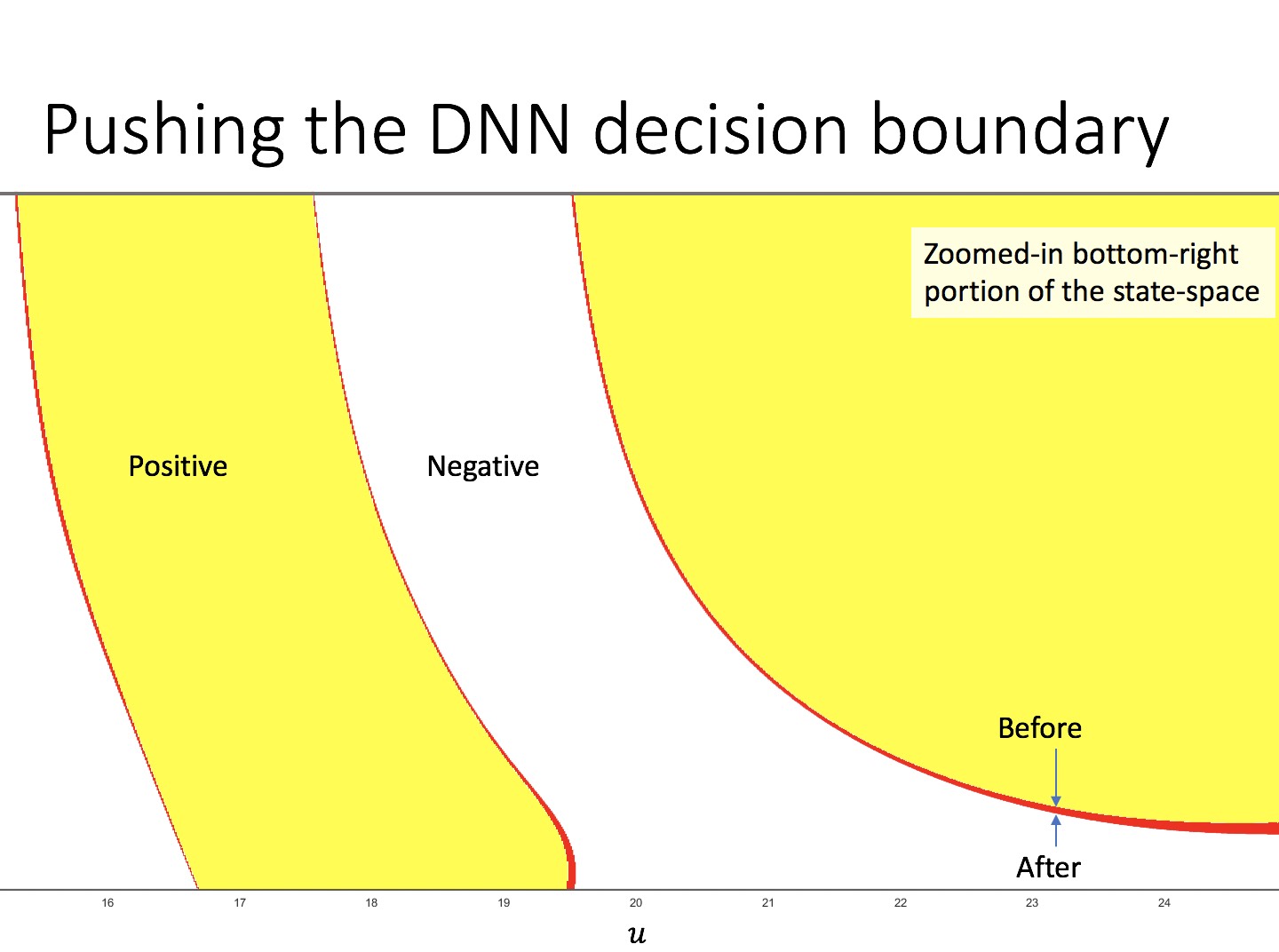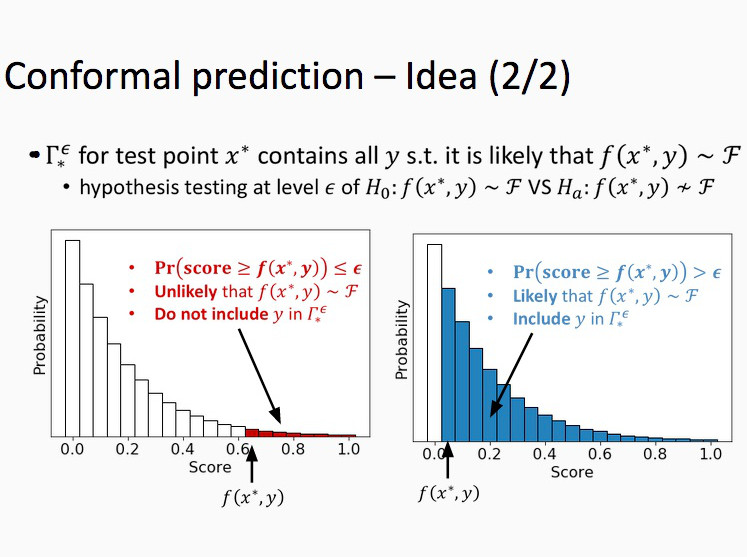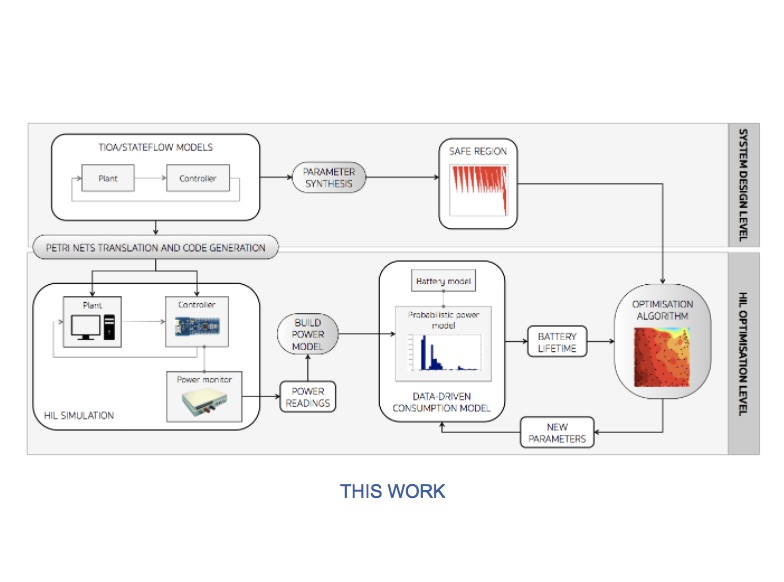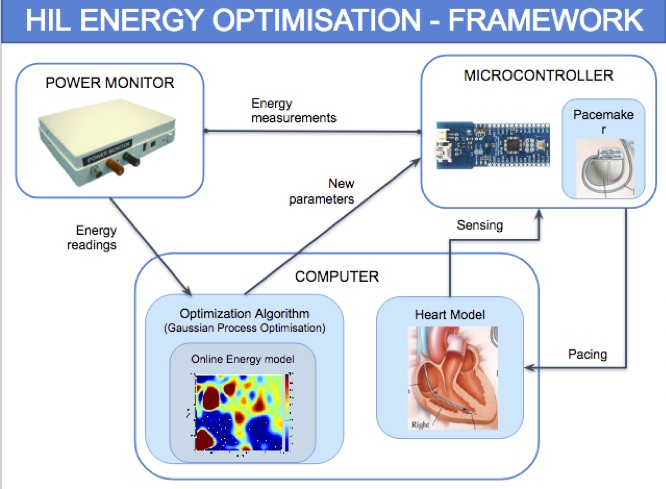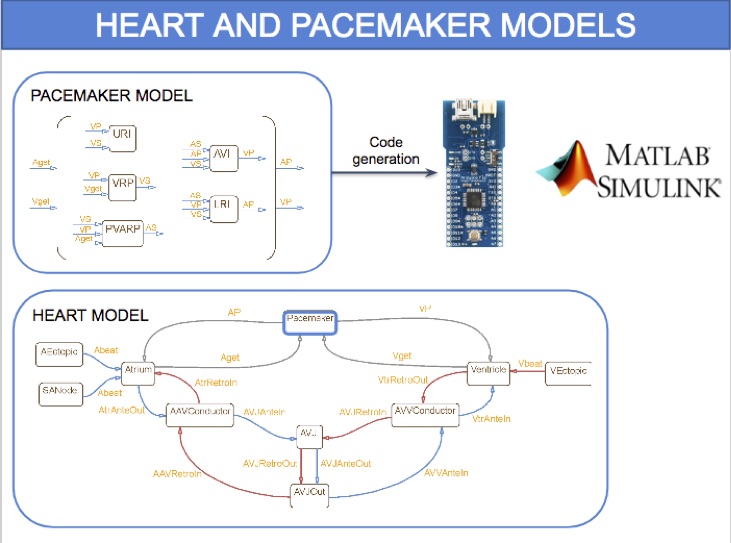Research
Machine learning for Predictive Monitoring of Cyber-Physical Systems
Formal verification of Cyber-Physical Systems (CPSs) typically amount to model checking of some formal model (a hybrid automaton) of the CPS. However, this task is computationally expensive, and so is limited to offline analysis. Moreover, the strong guarantees of model checking often cease to hold at runtime due to uncertain operating environments and complex processes that are hard to model precisely.
We focus on the predictive monitoring of CPSs, i.e., the problem of predicting at runtime if a safety violation can be reached from the current CPS state. In order to provide scalable and accurate predictive monitors, we propose Neural Predictive Monitoring (NPM) a machine learning-based approach based on learning reachability predictors described by deep neural networks, aka neural state classifiers, using supervision from a hybrid automata reachability checker. To prevent potentially harmful prediction error, NPM includes methods to quantify the predictive uncertainty of the monitor, and uses these uncertainty measures to derive rejection criteria that optimally recognize such errors, without knowing the true reachability value. Finally, NPM includes an active learning method that uses such uncertainty measures to re-train and improve the monitor and the rejection rule where it most matters, i.e., on the uncertain states. NPM empirically shows great performance: it is efficient, with computation times on the order of milliseconds, and effective, with highly accurate monitors and high error recognition rates.
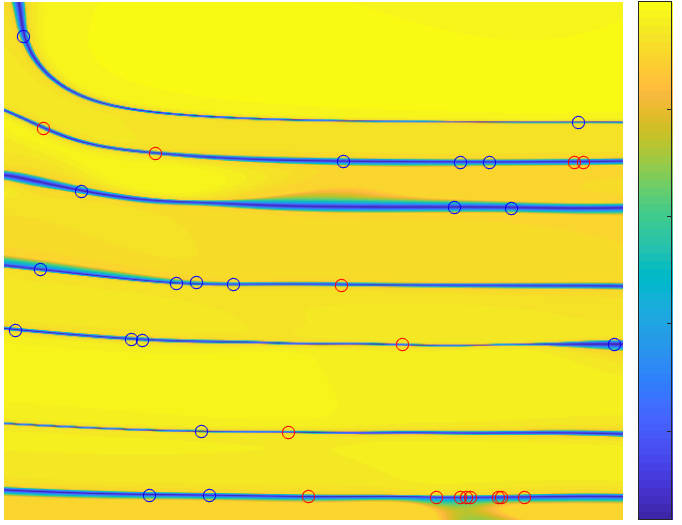
Probabilistic Robustness of Bayesian Neural Networks
We introduce a probabilistic robustness measure for Bayesian Neural Networks (BNNs), defined as the probability that, given a test point, there exists a point within a bounded set such that the BNN prediction differs between the two. Such a measure can be used, for instance, to quantify the probability of the existence of adversarial examples. Building on statistical verification techniques for probabilistic models, we develop a framework that allows us to estimate probabilistic robustness for a BNN with statistical guarantees, i.e., with a priori error and confidence bounds, by leveraging a sequential probability estimation scheme based on the Massart bounds.
We evaluate our method with several approximate BNN inference techniques on image classification tasks associated to the MNIST digit recognition dataset and a two-class subset of the German Traffic Sign Recognition Benchmark (GTSRB) dataset, showing that the method enables quantification of uncertainty of BNN predictions in adversarial settings. Code available in GitHub.
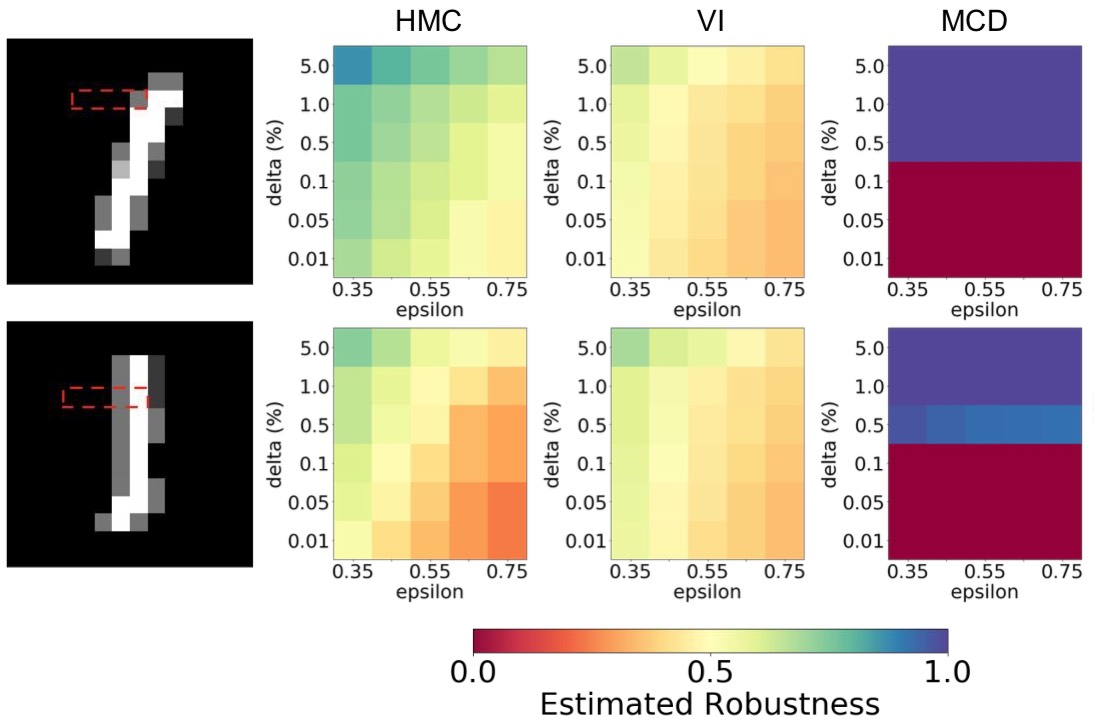
Hardware-in-the-loop energy optimization
Energy efficiency of cardiac pacemakers is crucial because it reduces the frequency of device re-implantations, thus improving the quality of life of cardiac patients.
To achieve effective energy optimisation, we take a hardware-in-the-loop (HIL) simulation approach: the pacemaker model is encoded into hardware and interacts with a computer simulation of the heart model. In addition, a power monitor is attached to the pacemaker to provide real-time power consumption measurements. The approach is model-based and supports generic control systems. Controller (e.g., pacemaker) and plant (e.g., heart) models are specified as networks of parameterised timed input/output automata (using MATLAB Stateflow) and translated into executable code.
We realise a fully automated optimisation workflow, where HIL simulation is used to build a probabilistic power consumption model from power measurement data. The obtained model is used by the optimisation algorithm to find optimal pacemaker parameters that e.g., minimise consumption or maximise battery lifetime. We additionally employ parameter synthesis methods to restrict the search to safe parameters. We employ timed Petri nets as an intermediate representation of the executable specification, which facilitates efficient code generation and fast simulations.

